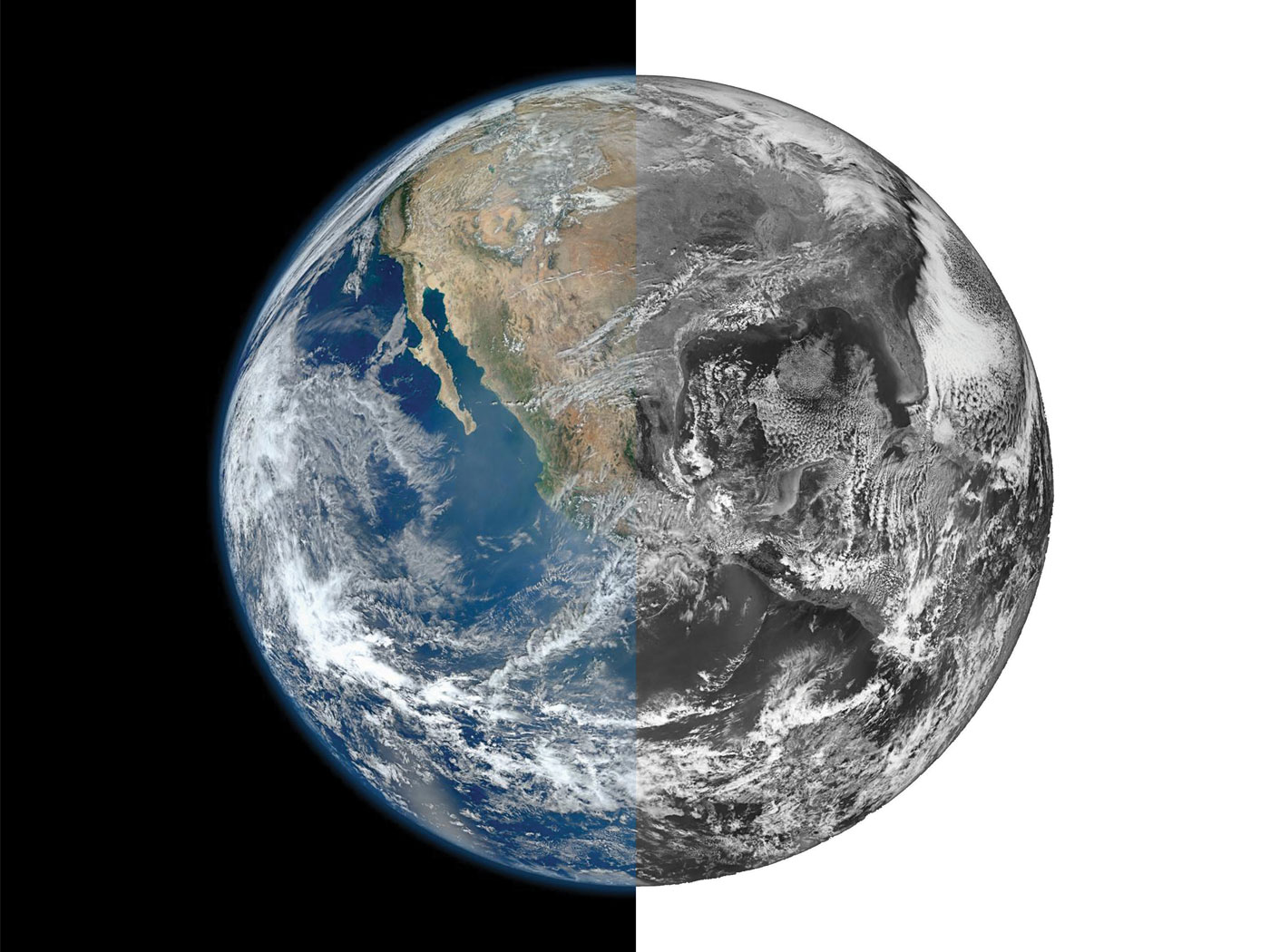Researchers involved in the Search for Extraterrestrial Intelligence (SETI) use scientific equipment, collaborate with scientists, attend scientific conferences, publish scientific articles, and generally look and smell like scientists, lab coats and all. Most have degrees in science. This has not made them immune from accusations, though, that they are engaged in a quasi-scientific religious quest.
Novelist Michael Crichton and science historian George Basalla have been among the critics. Leaders in the Intelligent Design (ID) movement also have taken great glee in pointing out SETI's assumption that intelligence is detectable with scientific methods. Twice recently, leading SETI spokesmen have fought back against these charges, defending their work as scientific and materialistic. But did they succeed?
A better defender could hardly be found than Seth Shostak, Director of the SETI Institute. He appeared briefly in the ID film The Privileged Planet, not defending Intelligent Design, but explaining that "unless there's something very, very special—miraculous, if you will . . . about our planet Earth . . . then what happened here must have happened many times in the history of the Universe." Apparently irked by the suggestion that SETI uses the same assumption as ID that coded messages indicate an intelligent cause, he attempted to rebut this claim head-on in an essay for Space.com (12/01/2005).
Shostak argued that SETI is not looking for a complex code or message, but a "persistent, narrowband whistle" in a context that would make it appear artificial instead of natural. Yet SETI is clearly not restricted to such a narrow goal. From the beginning, SETI devotees have wished to communicate with other intelligent beings and learn from them; does this not explain repeated attempts to send messages out, whether on radio waves, Pioneer plaques, or Voyager records?
Shostak also made a false distinction between complexity and artificiality. ID argues that specified complexity is detectable by scientific means. The point is that if an intelligent agent wishes to communicate, it can use natural materials to convey a message, and humans can discriminate such attempts (e.g., smoke signals) from natural processes.
More recently, David Darling of the SETI Institute responded on Space.com (06/01/2006) to charges that SETI is a religion. He tried to contrast the scientific-looking appearance of SETI researchers and their equipment to religious believers praying in a worship service. He compared SETI to other research endeavors that took time to prove. He also claimed that we already know about non-human intelligence: apes and dolphins. These responses, however, create false dichotomies and comparisons. They attempt to hide the reality that no evidence for extraterrestrial intelligence has ever been found.
Opponents of creation argue that belief in God (or a designing intelligence) brings science to a halt. They say scientists should seek for underlying natural mechanisms, not just throw up their hands and say "God did it." If SETI researchers ever do detect a signal and conclude "aliens did it," could we not counter-argue they are bringing science to a halt by inferring design?
* David F. Coppedge works in the Cassini program at the Jet Propulsion Laboratory.












